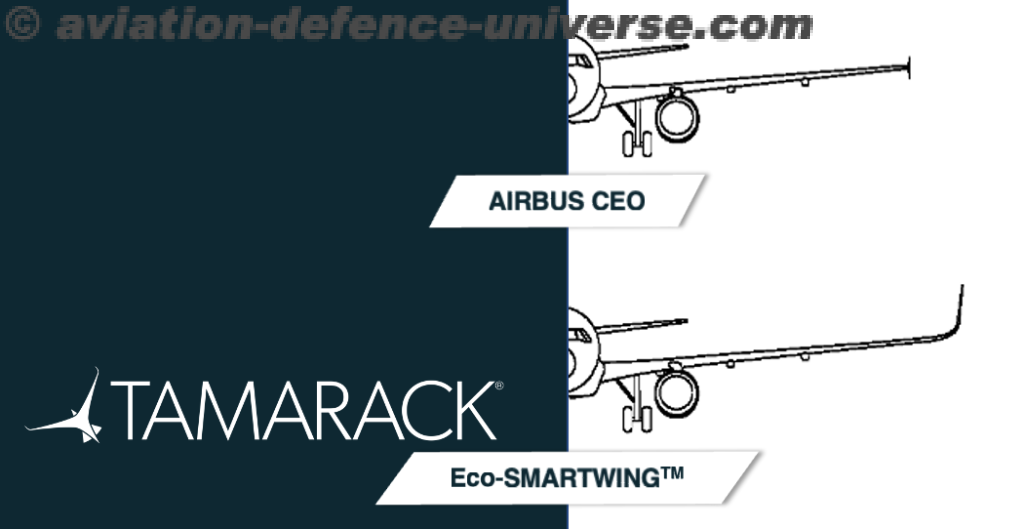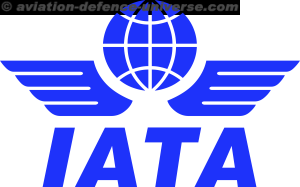Sandpoint, Idaho, USA. 07 March 2024. Industry leaders are praising the National Transportation Safety Board (NTSB) and Federal Aviation Administration (FAA) following an announcement last week that the NTSB has reversed its previous conclusions about the cause of a 2018 Cessna CitationJet accident near Memphis, Indiana. The initial investigation originally implicated Tamarack Active Winglets as causing the accident, but the FAA and NSTB have reversed that position after evaluating new information and correcting factual errors outlined in a Petition for Reconsideration submitted by Tamarack Aerospace Group.
The Petition for Reconsideration prompted the investigation to be reopened and to be elevated from the regional level of the NTSB for further scrutiny by NTSB experts in Washington DC. It was those experts who corrected numerous errors in the initial work and reviewed new laboratory test results and ultimately concluded that the evidence did not support a conclusion that Tamarack’s technology failed during the flight or contributed to the accident in any way. The reconsideration has garnered significant support from aviation industry leadership.
“NBAA is pleased to see that the process established by the NTSB to allow for reconsideration of an accident report based on additional perspectives and information has resulted in a favorable outcome for Tamarack. No manufacturer or operator ever wants to be involved in an accident. Yet, when one does happen, it’s important that all information be considered as part of the Board’s final report,” said Doug Carr, Senior Vice President, Safety, Security, Sustainability & International Operations at the National Business Aviation Association (NBAA)
National Air Transportation Association (NATA) President and CEO Curt Castagna stated, “Objective, comprehensive investigations foster critical safety recommendations and help prevent future occurrences. The NTSB is to be commended for its commitment to a complete and thorough review of this tragic accident.”
Former NTSB board member John Goglia reacted with surprise to the NTSB’s reversal of the original Tamarack probable cause decision saying, “after researching the accident the board was correct in reversing its original probable cause decision, Tamarack Active Winglets did not cause that accident. I’m pleased that the system worked and the NTSB considered the petition based on original and factual data supplied by the manufacturer. It is extremely rare that the NTSB reverses its probable cause decisions. I don’t recall a reversal like this in recent memory. It’s so important for the NTSB to take reconsiderations of probable cause seriously and then support reversals when warranted in order to maintain the credibility and integrity of the board.”
The petition also had support from Robert “Hoot” Gibson, a 60-year career professional in aviation with more than 14,500 hours of flight time in more than 160 types of civilian and military aircraft; and experience as a Navy fighter pilot and 18 years as a NASA Astronaut. Hoot Gibson submitted a letter of support having reviewed the petition and full contents of the public docket. In a letter to the NTSB, he said, “Given my aviation background and experience, abiding interest in aviation safety, and deep respect for the critical work and contributions of the NTSB, I respectfully request that the NTSB closely consider the comments I raise below in responding to Tamarack Aerospace Group’s petition.” The letter goes on to conclude, “the NTSB Final Report and the accompanying Probable Cause statement contain several inconsistencies which rule out a failure of the ATLAS system (Tamarack Active Winglets) as the cause of the accident,” and that “The NTSB should allow the petition for reconsideration.”
In its formal response to the Petition for Reconsideration, the NTSB stated:
“…the available evidence for this accident does not sufficiently show that the ATLAS was the cause of the in-flight upset from which the pilot was unable to recover,” the NTSB stated in their formal response to the Petition, which can be downloaded here.
The response also states that “…the NTSB agrees with the petitioner that the evidence is also insufficient to conclude that (1) the left actuator was in an extended position at the time of initial impact and (2) the ATLAS caused the left rolling moment; the NTSB has revised the report accordingly.”
The Petition called attention to a no-injury, no-damage malfunction on a Cessna CitationJet in the UK as being unrelated to the Indiana accident, and in their response the NTSB made adjustments to clarify the two events were unrelated, stating that “the NTSB has decided to remove the statement to ensure that our analysis does not inadvertently imply that the cause of the uncommanded left roll in the UK event was a factor in the subject accident.”
Tamarack highlights that there have never been injuries related to their products, and customers unanimously point to the Active Winglets as a safety upgrade because significant added fuel reserves from the upgrade allow longer pilot decision windows, improved climb performance, and added stability which are safety enhancements on every flight. In the two years since the initial investigation was released Tamarack has continued to successfully sell its aircraft upgrades and has recently announced other programs and partnerships to expand the application of the technology in the military and regional airline aviation sectors, which are all a testament to the industry viewing this as a safe and reliable technology.
Sales and prospective customer inquiries are accelerating since the NTSB reversal was released just a few days ago. “The Tamarack team never gave up hope of exoneration because the evidence to support our case was so overwhelming when all the facts were correctly evaluated. As a company, we bore the brunt of that mistake for over 5 years, but we believed that truth and facts can eventually overcome. We applaud the NTSB for granting this petition, as it shows that commitment,” says Nick Guida, Tamarack Founder and CEO. He added, “I couldn’t be happier for my team, my customers, my shareholders and all the supporters over the years, who stood on our side and believed in Tamarack. We always knew the truth, but it sure feels good that the industry now does too.”
As always, Tamarack Aerospace Group extends its deepest condolences to the families and friends of those who lost their lives in the 2018 accident and hopes the new conclusions can bring closure to this prolonged investigation. In early 2023 Tamarack Aerospace Group reached a confidential resolution of all claims related to this accident. Tamarack remains dedicated to enhancing aviation safety.
Tamarack thanks the accident investigation professionals at the NTSB and FAA for considering the Petition for Reconsideration and following the safety process that allows for new data to be explored in search of safety lessons that can benefit the aviation community. Tamarack also thanks the host of industry experts who supported the Petition for Reconsideration, offering a wealth of industry knowledge and collectively looking for fact-based conclusions.

































































































































